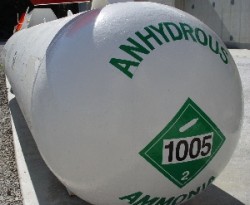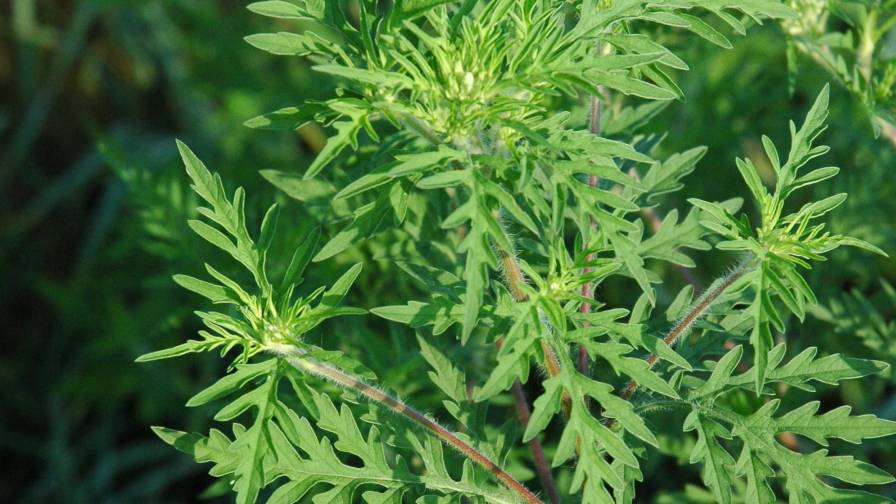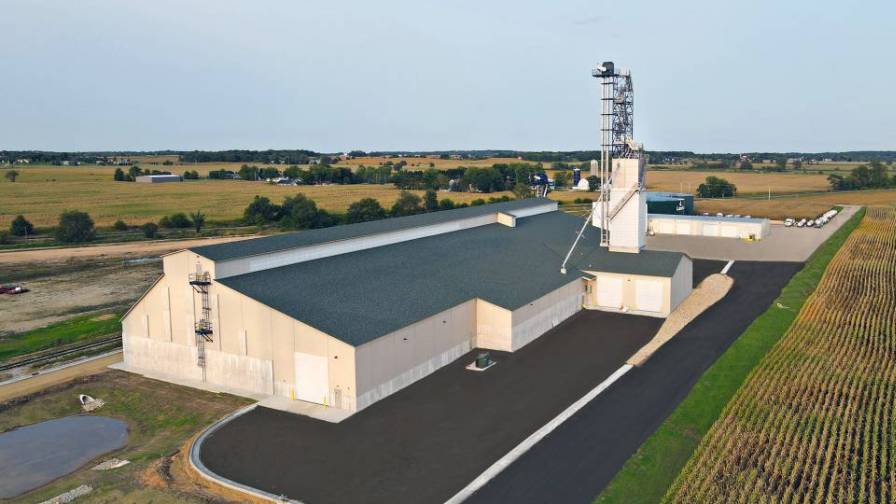Great Explanations

Confusing. Frustrating. Complicated. When talking about the state of the fertilizer industry, these are just some of the words being tossed about by ag retailers and suppliers to describe what being involved in this business is like in 2009. (Editor’s note: Several other words are also commonly used in current fertilizer conversations, but none of these are fit for print because of their nature, definition, or social standing.)
Although it was a tall order, one man recently tried to put the entire state of the fertilizer industry into perspective. At the Wisconsin Crop Production Association annual meeting in mid-January, Joe Dillier, plant food marketing manager for GROWMARK, presented a speech on how fertilizer came to be in its current place in the agricultural community, offering a bit of historical insight and future projections along the way.
“I’m here today to talk about fertilizer and the way it is, and this probably won’t make anybody in this room happy,” said Dillier. “There’s a lot of consternation in the fertilizer market, and the big question on everyone’s mind is: How come it is the way it is?”
Starting out, Dillier explained just how different today’s fertilizer outlook is vs. the one being commonly accepted back in mid-2008. “Last summer, the fertilizer market was unbelievably strong, as was the case for all commodities. Crude oil prices were peaking at $147 per barrel. Corn futures peaked at just below $7 per bushel in July.”
Likewise, fertilizer prices were going up in leaps and bounds. Some examples Dillier cited included urea, increasing from $200 per ton in November 2006 to $830 per ton in August 2008; phosphate rose from $220 per ton in November 2006 to $1,150 per ton in August 2008; and anhydrous ammonia jumped from $150 per metric ton in fall 2006 to $931 in summer 2008.
Naturally, said Dillier, with conventional wisdom believing these prices would continue to climb throughout 2008, many ag retailers bought their fertilizer allotments early and often. “With everyone in-the-know saying that these prices and those for fertilizer were going to continue going up through the rest of the year, you had people buying more and more fertilizer further forward than ever before,” he said. “In some cases, people were buying fertilizer for use in the fall of 2008 in January 2008, which is very untypical.”
A Different World
Ultimately, however, these projections of an ever-increasing price curve for fertilizer proved to be wrong. “Today, baby, it is a completely different era,” said Dillier. In many cases, he added, prices have fallen back to their 2006 levels or below, leaving plenty of large fertilizer inventories in the nation’s storage facilities depreciating by the week.
As for why this rollercoaster of price increases and decreases had occurred, Dillier pointed to several factors coming into play. During mid-2008, the expanding middle class around the globe meant there was higher demand for grains. These extra acres of crops demanded more fertilizer to grow, so prices rose. “This also meant we raised record crop harvests around the world, and when grain demand dropped a bit in the fall of 2008, so did commodity prices, which affected fertilizer as well.”
Of course, this globalization of fertilizer was another reason for the rapid rise and fall of fertilizer prices. “We have a much longer supply chain today for fertilizer than existed 10 years ago,” said Dillier. “We input 55% to 60% of our nitrogen into this country. It used to be distributors would give their customers a break on price if things changed drastically, and they would take back an order of fertilizer as a good-will gesture. But that was for fertilizer coming from a local source. When you have a freighter coming from the Middle East that’s been sold for a certain price, the distributor or retailer now expects this load to be sold and delivered for the price agreed upon weeks or months before.”
Corn Is Key
As for where the fertilizer industry goes from here, Dillier said it all ties back to one very important word: Corn. “In fertilizer, it’s all about how many acres of corn are going to get planted in the spring,” he said. “That will determine how high the price of fertilizer is in the spring and whether there’s ample supply or whether it’s scramble time and people might not have any to sell.”
At the time of his speech, Dillier said corn prices had recovered somewhat from their $3.50 per bushel low in early December 2008 to approximately $4.70 per bushel. However, he added, the price differential between fertilizer intensive corn and fertilizer friendly soybeans was not very significant, which could convince many growers to forego extra corn acres for 2009.
“Right now, early projections say that corn acreage could range anywhere from 82 million acres this year to 90 million acres,” said Dillier. “If we hit 90 million, given the current standoff in the marketplace, there will be a serious potential for fertilizer shortages around the country. If we are at 82 million, I think the industry will be OK.”
For ag retailers looking to figure out how to buy fertilizer in 2009, Dillier offered up this advice: Proceed slowly. “We are recommending to our retailers that they buy fertilizer in small pieces when their grower-customers buy fertilizer,” he said. “If your grower has sold 25% of his 2009 crop, than you buy 25% of the fertilizer they need.”






